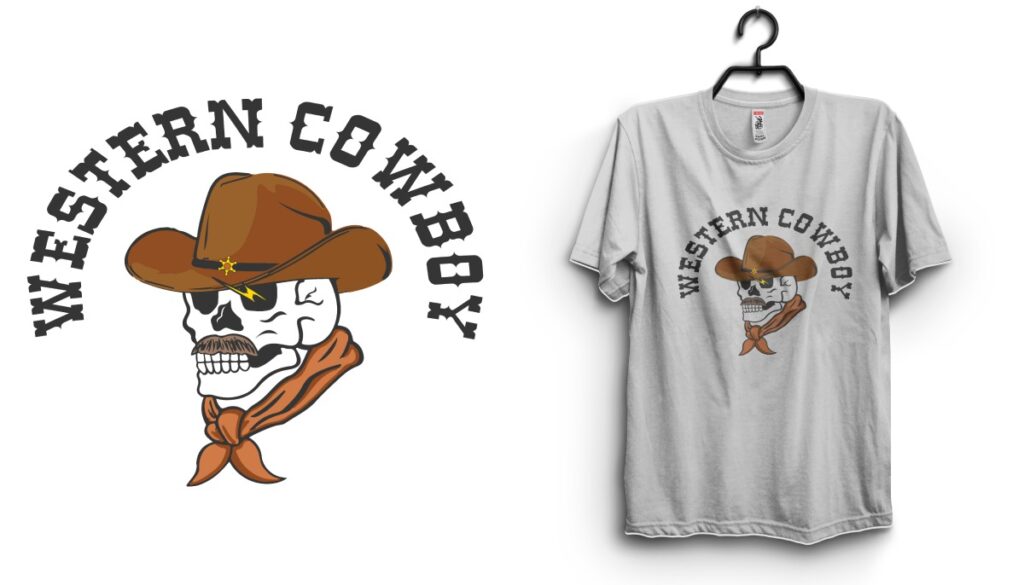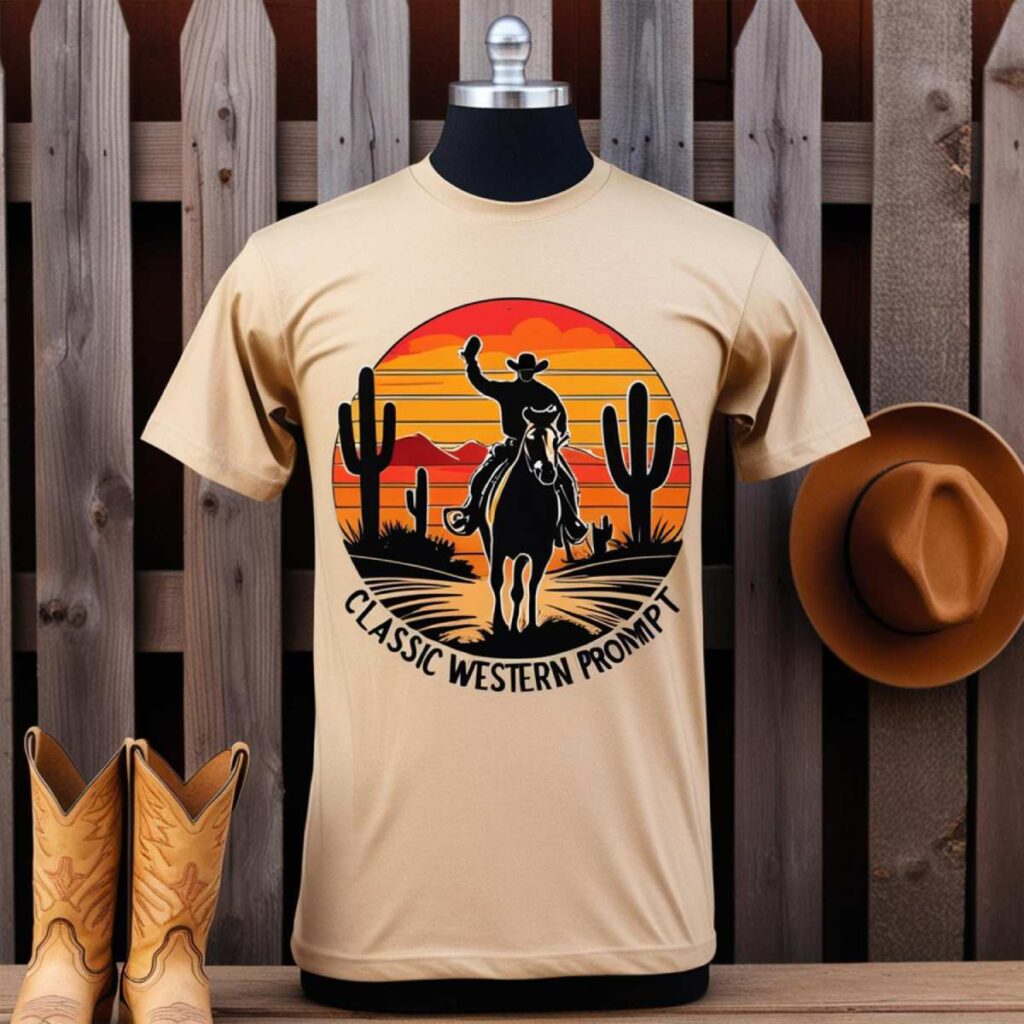UV DTF printing, or Ultraviolet Direct-to-Film, represents a significant leap in printing technology, providing innovative solutions that cater to the demands of modern businesses. With its remarkable durability and vibrant color quality, UV DTF stands out as a superior alternative compared to traditional printing methods such as dye-sublimation and screen printing. The advantages of UV DTF include not only its ability to produce stunning colors and crisp images but also its versatility in printing on various substrates. Furthermore, the eco-friendly aspect of UV DTF printing makes it an attractive choice for environmentally conscious companies seeking sustainable practices. By examining the benefits of UV DTF, businesses can make informed decisions that enhance their product offerings while reducing environmental impact.
Ultraviolet Direct-to-Film (DTF) printing is revolutionizing the printing landscape, offering a blend of quality and efficiency that traditional techniques often struggle to match. This modern printing approach utilizes ultraviolet light to cure inks, resulting in prints that are both durable and vivid, appealing to businesses across various industries. The ability of this method to adapt to different substrates not only broadens creative possibilities but also addresses the rising demand for sustainable options through reduced waste and environmental impact. As businesses seek to differentiate themselves in a competitive market, understanding the nuances of DTF printing, including advantages over conventional methods, becomes essential for success. With its innovative capabilities, UV DTF printing is poised to redefine how companies produce and market their products.
Understanding the Benefits of UV DTF Printing
UV DTF printing, or Ultraviolet Direct-to-Film printing, brings unique advantages to the table when contrasted with traditional printing techniques. One of the primary benefits is its durability; the UV-cured inks resist fading, scratches, and chemical exposure exceptionally well. For businesses, this means that products printed with UV DTF maintain a high aesthetic quality over time, reducing the need for reprints. This durability is becoming increasingly important in industries where items are frequently exposed to outdoor conditions or require extended lifespan products.
Additionally, the vibrant color quality achieved through UV DTF printing is another compelling advantage. The inks used in this process can deliver an unmatched brilliance and sharpness in colors, enhancing marketing materials and products’ visual appeal. Unlike traditional methods, which often struggle with consistency and vibrancy, UV DTF excels, providing businesses with eye-catching designs that attract customers and leave a lasting impression.
UV DTF vs. Traditional Printing Methods
When comparing UV DTF printing with traditional methods like screen printing or dye-sublimation, it’s crucial to address the operational differences. Traditional printing methods often involve long setup times and limitations in design complexity. In contrast, UV DTF printing’s straightforward digital approach allows for quicker production without the need for screens or extensive design alterations. This reduction in setup time translates to lower operational costs, making UV DTF an especially attractive option for small businesses or those running limited print runs.
Moreover, the flexibility of UV DTF printing provides a significant edge over traditional methods. Businesses can print on various substrates, such as plastics, glass, textiles, and metal, allowing for a broader range of products. This versatility is particularly appealing for companies looking to diversify their offerings without investing in multiple types of printing equipment. By using UV DTF technology, businesses can respond more swiftly to market demands and customize products to meet their customers’ diverse preferences.
Reasons to Choose UV DTF for Color Quality
The color quality achieved with UV DTF printing is one of its standout features, making it an ideal choice for businesses that prioritize visual appeal. The inks used in this process offer rich pigmentation, ensuring that the colors are not only vibrant but also reproduce accurately from digital designs to physical products. This level of color fidelity is critical for branding and marketing purposes, where consistency and impact are essential for consumer engagement.
Furthermore, UV DTF printing allows for full-color spectrum capabilities, including gradients and fine details that may be challenging to accomplish with traditional methods. This technology enables the creation of intricate designs and high-resolution prints that can effectively communicate a brand’s identity. The ability to produce consistent, high-quality visuals means that companies can trust UV DTF printing to deliver products that truly represent their image and message.
Exploring the Versatility of UV DTF Printing
Another remarkable advantage of UV DTF printing is its unparalleled versatility in substrate applications. This method can seamlessly print on a wide variety of materials, from hard surfaces like wood, metal, and glass to soft materials like textiles and leather. This adaptability allows businesses to explore new markets and innovate product offerings without the constraints typically associated with traditional printing methods.
Being able to print on diverse substrates opens up a range of possibilities, such as customized promotional items, branded merchandise, and specialized industrial applications. This flexibility is beneficial for companies looking to respond quickly to consumer demands or testing new product lines, as they can do so without needing to invest in separate equipment for different materials.
The Environmental Edge of UV DTF Printing
In an age where sustainability is a growing concern, UV DTF printing stands out for its lower environmental impact compared to traditional printing methods. This process uses significantly less water and produces fewer volatile organic compounds (VOCs), making it a more eco-friendly option. For businesses focused on reducing their ecological footprint, UV DTF not only aligns with corporate responsibility goals but also attracts environmentally conscious consumers.
By implementing UV DTF printing, companies can contribute to the global push towards sustainable production practices. Additionally, the process’s reduced waste generation—due to its digital nature—means that businesses can effectively lower their operating costs while demonstrating commitment to reducing environmental impacts. As consumers increasingly favor brands that prioritize sustainability, adopting UV DTF can give businesses a competitive advantage.
Speed and Efficiency: Key Benefits of UV DTF
Speed and efficiency are pivotal factors in the printing industry, and UV DTF printing excels in this area. The immediate curing process used in UV DTF allows businesses to complete projects much faster than traditional printing methods, which often require longer drying times. This quick turnaround time facilitates increased production capacities and enables companies to fulfill urgent orders, a crucial advantage in today’s fast-paced market.
Furthermore, the efficiency of UV DTF technology reduces the chances of production delays. With the ability to produce higher quantities in shorter periods, businesses can meet tight deadlines without sacrificing quality. This feature is especially beneficial for industries such as fashion and promotional products, where time-sensitive launches can significantly impact market success.
Frequently Asked Questions
What are the advantages of UV DTF printing over traditional printing methods?
UV DTF printing offers numerous advantages over traditional printing methods, including enhanced durability, which allows prints to withstand scratches, chemicals, and fading. Compared to dye-sublimation and screen printing, UV DTF also delivers vibrant color quality that enhances visual impact. Additionally, it provides versatility in substrates, allowing printing on various materials like textiles, plastics, glass, and metal.
How does the durability of UV DTF compare to traditional printing methods?
The durability of UV DTF printing is significantly superior to traditional methods like dye-sublimation or screen printing. UV DTF prints are resistant to scratches, fading, and chemicals due to the UV-cured inks, ensuring a longer lifespan and maintaining quality even in harsh outdoor conditions.
What are the key benefits of using UV DTF printing for businesses?
Key benefits of UV DTF printing for businesses include cost-effectiveness, reduced setup costs for small print runs, and faster production times due to immediate UV curing. Moreover, its minimal waste generation and eco-friendliness appeal to businesses aiming for sustainable practices while ensuring high-quality outputs.
How does UV DTF printing ensure better color quality than traditional methods?
UV DTF printing ensures better color quality by utilizing a unique ink formulation that produces remarkably vibrant colors and sharp images. This capability surpasses traditional methods like screen printing, which may struggle to achieve the same level of color vibrancy, making UV DTF an ideal choice for eye-catching marketing materials.
Is UV DTF printing environmentally friendly compared to traditional printing techniques?
Yes, UV DTF printing is considered more environmentally friendly than traditional printing techniques. It typically uses less water and emits fewer volatile organic compounds (VOCs), aligning with eco-conscious practices and regulations. This reduced environmental impact makes it appealing to businesses looking to enhance their sustainability credentials.
What types of substrates can UV DTF printing be used on?
UV DTF printing is highly versatile and can be used on a wide range of substrates, including textiles, plastics, glass, metal, and more. This flexibility enables businesses to expand their product offerings without being limited by the constraints of traditional printing methods.
| Aspect | Description |
|---|---|
| Durability and Longevity | UV DTF prints are resistant to scratches, chemicals, and fading, maintaining their quality longer than traditional methods. |
| Vibrant Color Quality | Produces vibrant colors and sharp images, surpassing traditional printing methods in color reproduction. |
| Versatility in Substrates | Can print on various materials such as textiles, plastics, glass, and metal, expanding product offerings. |
| Environmental Considerations | Uses less water and emits fewer VOCs, aligning with sustainable practices and regulations. |
| Speed and Efficiency | UV curing is almost instant, allowing faster production times and quick turnaround for large projects. |
| Reduced Setup Costs | Lower costs for small print runs as the process requires less setup compared to traditional methods. |
| Less Waste | Minimizes waste by using only necessary ink and eliminating the need for screens in production. |
Summary
UV DTF printing is a revolutionary printing technology that combines durability and vibrant color quality, offering businesses numerous advantages over traditional printing methods. With its ability to print on various substrates and maintain environmental standards, UV DTF not only enhances visual impact but also supports sustainable practices. The speed and efficiency of UV DTF further contribute to its appeal, allowing businesses to meet client demands without sacrificing quality. As this innovative method continues to evolve, understanding UV DTF printing and its benefits can provide valuable insights for businesses aiming to thrive in today’s competitive marketplace.



